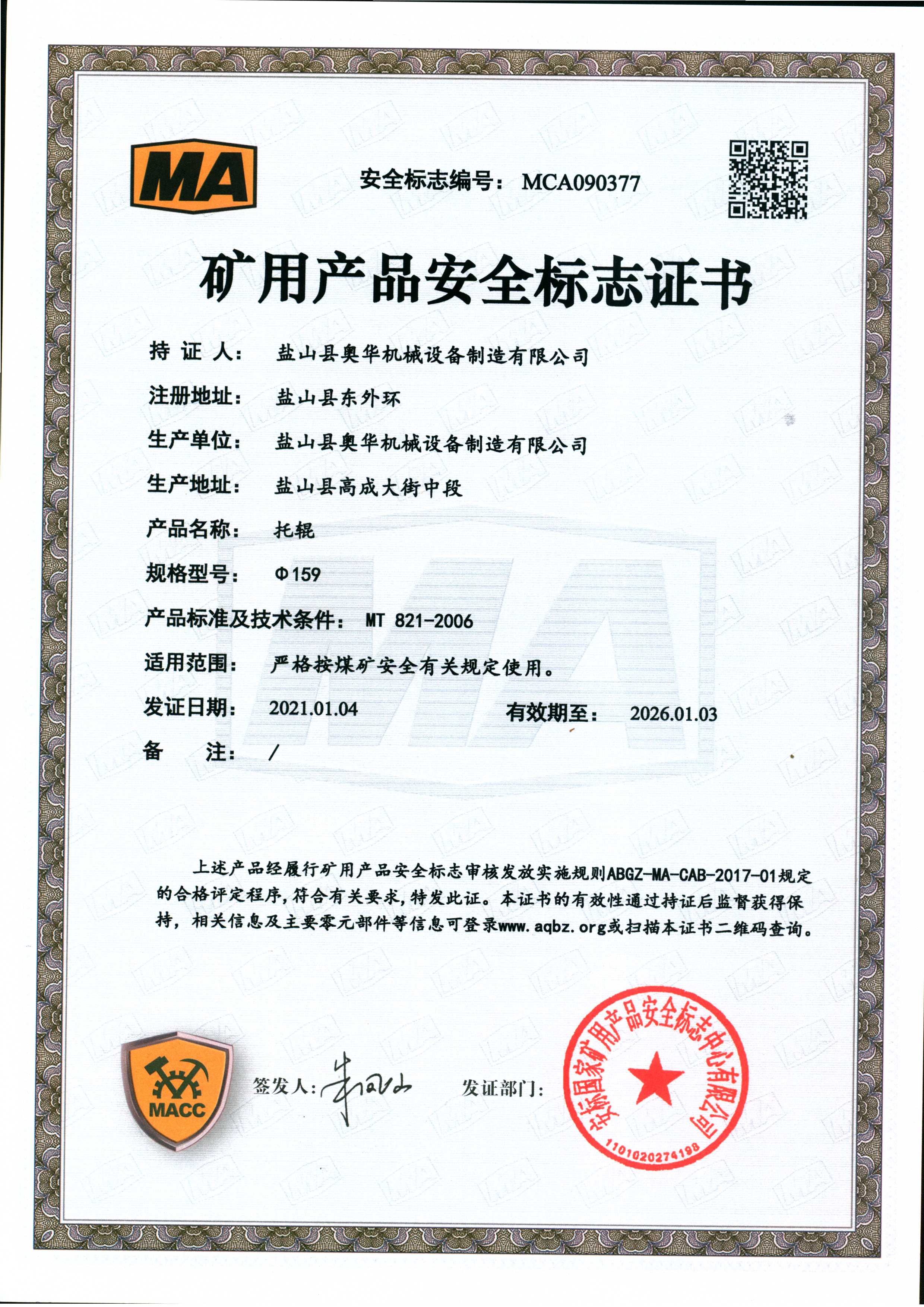 Afrikaans
Afrikaans  Albanian
Albanian  Amharic
Amharic  Arabic
Arabic  Armenian
Armenian  Azerbaijani
Azerbaijani  Basque
Basque  Belarusian
Belarusian  Bengali
Bengali  Bosnian
Bosnian  Bulgarian
Bulgarian  Catalan
Catalan  Cebuano
Cebuano  Corsican
Corsican  Croatian
Croatian  Czech
Czech  Danish
Danish  Dutch
Dutch  English
English  Esperanto
Esperanto  Estonian
Estonian  Finnish
Finnish  French
French  Frisian
Frisian  Galician
Galician  Georgian
Georgian  German
German  Greek
Greek  Gujarati
Gujarati  Haitian Creole
Haitian Creole  hausa
hausa  hawaiian
hawaiian  Hebrew
Hebrew  Hindi
Hindi  Miao
Miao  Hungarian
Hungarian  Icelandic
Icelandic  igbo
igbo  Indonesian
Indonesian  irish
irish  Italian
Italian  Japanese
Japanese  Javanese
Javanese  Kannada
Kannada  kazakh
kazakh  Khmer
Khmer  Rwandese
Rwandese  Korean
Korean  Kurdish
Kurdish  Kyrgyz
Kyrgyz  Lao
Lao  Latin
Latin  Latvian
Latvian  Lithuanian
Lithuanian  Luxembourgish
Luxembourgish  Macedonian
Macedonian  Malgashi
Malgashi  Malay
Malay  Malayalam
Malayalam  Maltese
Maltese  Maori
Maori  Marathi
Marathi  Mongolian
Mongolian  Myanmar
Myanmar  Nepali
Nepali  Norwegian
Norwegian  Norwegian
Norwegian  Occitan
Occitan  Pashto
Pashto  Persian
Persian  Polish
Polish  Portuguese
Portuguese  Punjabi
Punjabi  Romanian
Romanian  Russian
Russian  Samoan
Samoan  Scottish Gaelic
Scottish Gaelic  Serbian
Serbian  Sesotho
Sesotho  Shona
Shona  Sindhi
Sindhi  Sinhala
Sinhala  Slovak
Slovak  Slovenian
Slovenian  Somali
Somali  Spanish
Spanish  Sundanese
Sundanese  Swahili
Swahili  Swedish
Swedish  Tagalog
Tagalog  Tajik
Tajik  Tamil
Tamil  Tatar
Tatar  Telugu
Telugu  Thai
Thai  Turkish
Turkish  Turkmen
Turkmen  Ukrainian
Ukrainian  Urdu
Urdu  Uighur
Uighur  Uzbek
Uzbek  Vietnamese
Vietnamese  Welsh
Welsh  Bantu
Bantu  Yiddish
Yiddish  Yoruba
Yoruba  Zulu
Zulu vertical roller
Vertical Roller Mills Revolutionizing the Grinding Process
In the world of material processing, vertical roller mills (VRMs) have emerged as a groundbreaking technology, revolutionizing the way industries grind, crush, and pulverize materials. Their unique design and operational advantages have made them a preferred choice for many applications in sectors such as cement, mining, and power generation.
Understanding Vertical Roller Mills
Unlike traditional ball mills that use a rotating horizontal cylinder to reduce material size through impact and abrasion, vertical roller mills feature a vertically oriented structure. This allows them to be more compact and efficient. The interior of a VRM consists of a grinding table and rollers that move vertically to crush materials against the table. As raw materials are fed into the mill, they are directed between the rollers and the grinding table, where they undergo grinding, resulting in a fine powder.
Key Advantages of Vertical Roller Mills
1. Energy Efficiency One of the standout advantages of VRMs is their energy consumption efficiency. Vertical roller mills typically use 30-50% less energy than traditional ball mills. This significant energy saving not only reduces operational costs but also lessens the environmental impact associated with energy consumption.
2. Higher Throughput The design of VRMs allows for a continuous grinding process with minimal stoppage times. This means industries can achieve higher throughput rates, resulting in increased production without the need for extensive machinery upgrades or expansions.
3. Improved Product Quality The precision grinding action of VRMs contributes to a more consistent product quality. The adjustable parameters of the milling process enable operators to fine-tune the fineness of the ground material, thus meeting specific standards required for various applications. This is particularly advantageous in industries where product specifications are critical, such as in cement production.
vertical roller

4. Lower Wear and Tear Traditional milling processes often result in significant wear on equipment, necessitating frequent maintenance and replacement of parts. In contrast, the design of vertical roller mills minimizes wear due to the gentle grinding action combined with low contact pressure between the grinding elements. This results in longer equipment lifespan and reduced maintenance costs.
5. Versatility Vertical roller mills are capable of grinding a variety of materials, ranging from raw materials in cement production to ores in mining. Their ability to handle different types of feed materials makes them a versatile option for many industries.
Applications of Vertical Roller Mills
The most prominent application of vertical roller mills is in the cement industry, where they are used to grind raw materials into fine powder before being processed in kilns. Additionally, they are utilized in the coal industry to pulverize coal for energy generation. Other applications include grinding minerals, such as gypsum and limestone, and in various cement-based products.
Challenges and Considerations
Despite their numerous advantages, vertical roller mills are not without challenges. Initially, the capital investment for VRMs can be higher compared to traditional milling equipment. There is also a steep learning curve for operators who need to adjust to the new technology. However, many businesses find that the long-term benefits far outweigh these initial hurdles.
Conclusion
Vertical roller mills are paving the way for a more efficient and sustainable future in material processing. With their energy-saving capabilities, higher throughput, improved product quality, and lower maintenance requirements, VRMs are becoming indispensable in modern industrial applications. As technology continues to advance, we can expect to see further innovations in vertical roller mills, cementing their position as a vital component in various industries worldwide. The shift towards more sustainable practices in manufacturing and processing will undoubtedly continue to drive the adoption of this remarkable technology.
-
Trusted Conveyor Solutions from Leading Conveyor Idler Roller ManufacturersNewsJun.27,2025
-
Reliable Return Idler Solutions for Efficient Belt Conveyor SystemsNewsJun.27,2025
-
Precision Conveyor Accessories for Streamlined Material HandlingNewsJun.27,2025
-
High-Quality Belt Conveyor Idler Solutions for Efficient Material HandlingNewsJun.27,2025
-
High-Performance Belt Conveyor Pulleys for Reliable Material HandlingNewsJun.27,2025
-
Enhancing Material Handling EfficiencyNewsJun.27,2025





























